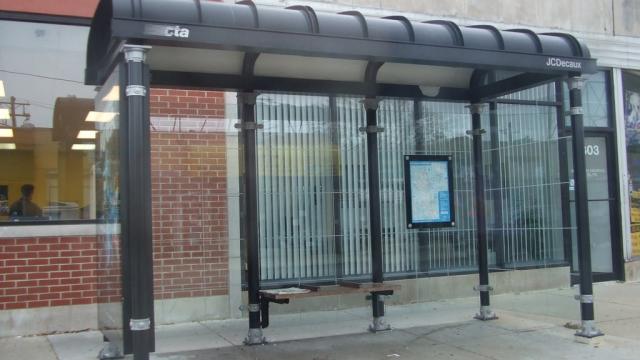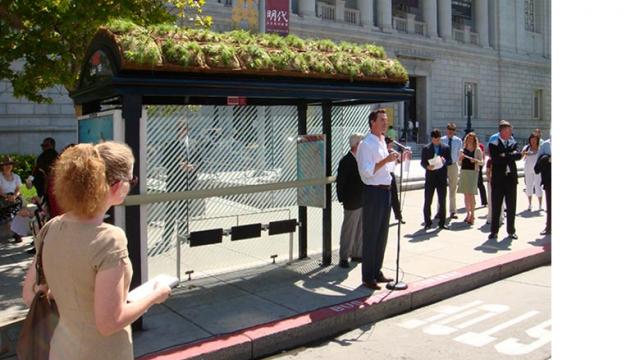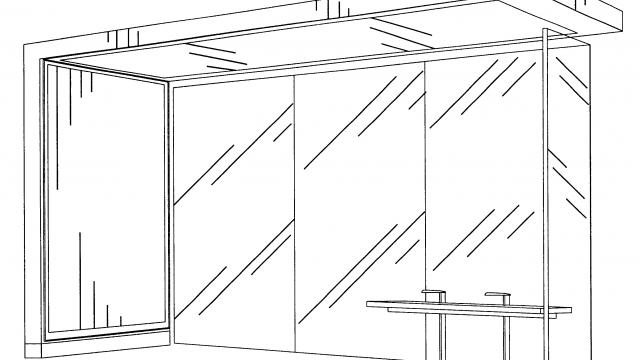When someone designs, its because something is needed. What Curie Metropolitan high school needs is a bus shelter. A shelter to help the community, inside curie and around it. I believe with this design i can help all those in need. Helping people have the appropriate shelter that will meet there dire needs and wants. With proper housing for transport students, faculty, and community members will be able to efficiently get to and from curie. As well as giving them a shelter that properly protects them from the harsh weather that is forever changing. With my design i hope to contribute my work to answer these cry's of need. Needs that aren't met in the current design of my city's bus shelter. Inefficient in there method of keeping people warm, durability, style,comfort, and outdated methods .of clean energy. My design updates the current design to one that meets all these topics and as well as giving it the necessary look that will make it more pleasant to the eye. Giving the bus shelter design the ability to actually shelter the ones in need and give our lives just a bit more comfort and ease.

































Comments
Very well written with a clear vision for your shelter. Grade 19. You need to add a photo to your title page also.
Very well written with a clear vision for your shelter. Grade 19
Very well written with a clear vision for your shelter. Grade 19